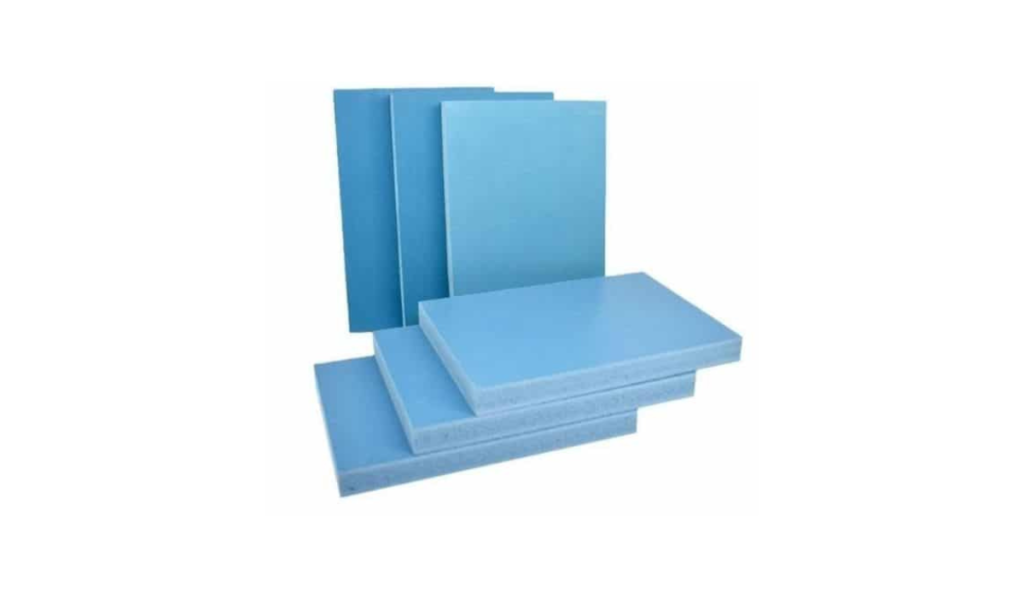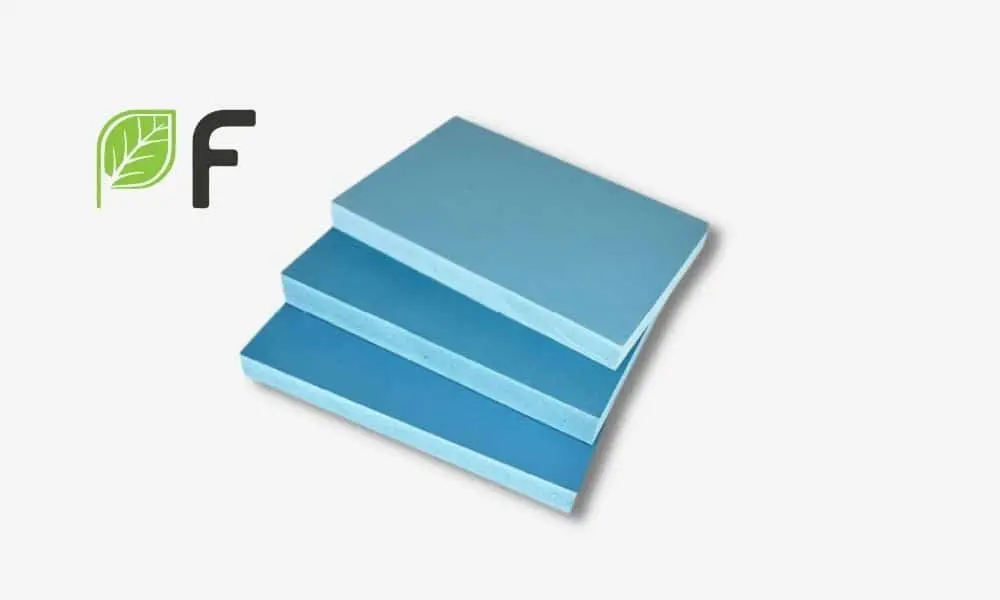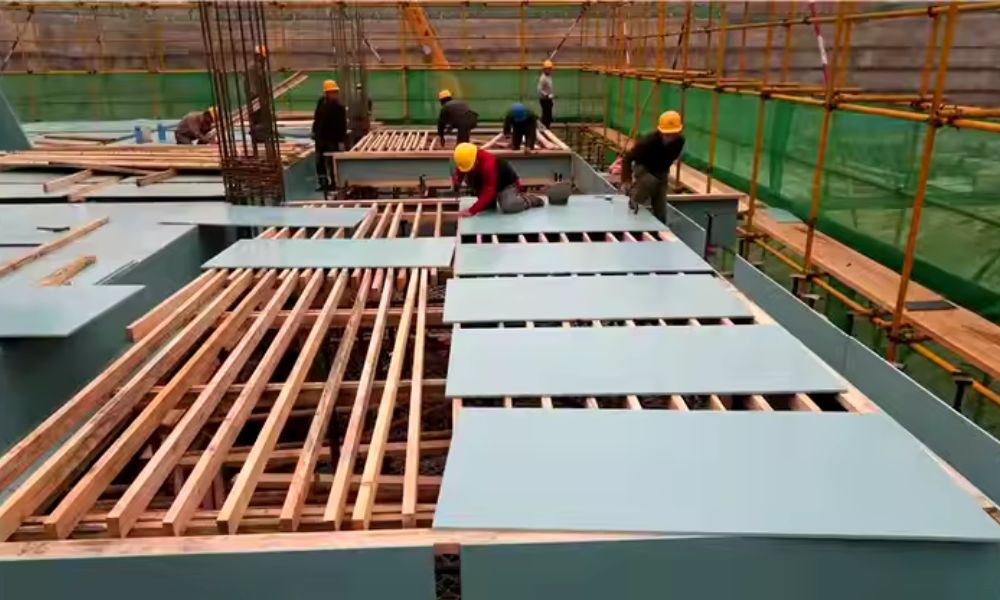Last updated on October 19th, 2024 at 03:30 am
When it comes to concrete construction, precision and efficiency are essential for success. Whether you’re building foundations, walls, or slabs, the right tools and techniques can make all the difference. One of the most powerful tools in a contractor’s arsenal is plastic formwork, an innovative solution designed to streamline concrete pouring while saving time, reducing costs, and improving the quality of your builds.
In this blog, we will guide you through everything you need to know about using plastic formwork like a pro. From the benefits of plastic formwork to expert tips on getting the best results, we’ve got you covered.
What is Plastic Formwork?
Plastic formwork is a construction material used to create molds for casting concrete. Unlike traditional formwork materials such as wood or metal, plastic formwork is made from high-strength, durable plastic, designed to be lightweight, easy to handle, and reusable. These modular panels or sheets are assembled to form the desired shape and size of the concrete structure you need to build.
Plastic formwork is popular for its durability, flexibility, and reusability, making it ideal for a wide range of construction projects, from residential homes to large-scale infrastructure. Its lightweight nature also means that contractors can save time on setup and dismantling, reducing labor costs and increasing project efficiency.
Why Choose Plastic Formwork?
Choosing plastic formwork over traditional materials offers numerous advantages that will make your concrete construction projects more efficient and cost-effective. Here’s why you should consider making the switch:
Cost Savings
Although plastic formwork may have a higher upfront cost compared to wood or steel, its reusability makes it far more economical in the long run. Traditional timber formwork often needs to be replaced after a few uses due to wear and tear, but plastic formwork can be used repeatedly, maintaining its integrity for many cycles. This reduces the need to constantly buy new materials, saving you money over the lifespan of multiple projects.
Durability and Longevity
Plastic formwork is highly resistant to moisture, chemicals, and temperature changes, which makes it ideal for use in diverse weather conditions. Unlike wooden formwork that can rot or steel formwork that can rust, plastic formwork maintains its structural integrity over time, ensuring that you get the most out of your investment.
Lightweight and Easy to Use
One of the biggest advantages of plastic formwork is its lightweight nature. It’s easy to transport, handle, and assemble on-site, allowing for faster setup times and reduced labor costs. You don’t need heavy machinery or specialized tools to work with plastic formwork, which also reduces the risk of injuries and downtime.
Eco-Friendly
Because plastic formwork can be reused multiple times, it’s a sustainable choice that reduces waste. This is a huge advantage over traditional wood formwork, which contributes to deforestation and generates significant waste on job sites. Choosing plastic formwork helps reduce your environmental footprint and aligns your projects with green building standards.
Smooth Concrete Finish
Plastic formwork provides a smooth surface for concrete pours, resulting in a high-quality finish. This reduces the need for post-construction work like plastering or grinding, saving you both time and money. The precision of plastic formwork ensures that your concrete structures come out exactly as planned, with sharp edges and smooth surfaces.
Step-by-Step Guide to Using Plastic Formwork Like a Pro
Now that you understand the benefits, it’s time to dive into how to use plastic formwork effectively. Follow these expert tips to ensure flawless execution in your concrete projects.
Plan Your Formwork Layout
Before assembling your formwork, it’s essential to have a detailed plan in place. Determine the dimensions of the concrete structure, the shape you need to create, and how the formwork will be positioned. Make sure you account for factors like the weight of the concrete and the pressure it will exert on the formwork.
Using modular plastic formwork allows you to easily adjust the size and shape, but careful planning is still crucial to avoid delays and ensure a perfect fit.
Prepare the Site
Ensure that your job site is properly prepared before setting up the formwork. The surface should be clean, level, and free from debris. Any unevenness in the ground can lead to issues with alignment or stability during the concrete pour.
It’s also a good idea to check the weather forecast, as extreme conditions like heavy rain or high winds could impact the setup and stability of your formwork.
Assemble the Plastic Formwork
Assembling plastic formwork is straightforward due to its modular nature. Start by connecting the panels or sheets according to your planned layout. Most plastic formwork systems come with simple locking mechanisms that make it easy to connect pieces securely.
When assembling, ensure that all panels are aligned properly and that the joints between the panels are tight to prevent concrete from leaking out. Secure the formwork with ties or clamps to maintain its shape and stability during the pour.
Apply Release Agent
To ensure that the concrete doesn’t stick to the formwork, apply a release agent to the inside surfaces. This will make it easier to remove the formwork after the concrete has cured, leaving a smooth finish behind. Be careful not to overapply the release agent, as this could affect the texture of the concrete.
Pour the Concrete
Once the formwork is securely in place, you’re ready to pour the concrete. Start by pouring slowly to ensure that the formwork holds up under the pressure. Plastic formwork is designed to be strong, but pouring too quickly can cause it to shift or bulge.
Use a vibrator or tamping rod to remove any air bubbles from the concrete, ensuring that it fills the entire mold evenly. This step is crucial for preventing voids and ensuring the structural integrity of the finished concrete.
Monitor the Curing Process
After pouring the concrete, allow it to cure according to the recommended time frame for your specific project. During this process, avoid disturbing the formwork. Plastic formwork is resistant to weather conditions, but it’s still a good idea to monitor the site and ensure that nothing interferes with the curing process.
Remove the Formwork
Once the concrete has cured, carefully dismantle the formwork by unlocking the panels or sheets. Thanks to the release agent, the formwork should come away easily, leaving a smooth concrete surface behind. Clean the plastic formwork immediately after use to remove any residue and prepare it for its next application.
Common Mistakes to Avoid
Even the pros can make mistakes when working with plastic formwork. Here are a few common pitfalls to avoid:
Skipping the release agent: Failing to apply a release agent can make it difficult to remove the formwork without damaging the concrete surface.
Incorrect assembly: Misaligning the formwork panels can lead to uneven concrete pours and poor structural quality.
Pouring too quickly: Pouring concrete too fast can cause the formwork to shift, resulting in uneven or bulging surfaces.
Ignoring the weather: Extreme temperatures or weather conditions can affect the curing process, so always keep an eye on the forecast.
Why Plastic Formwork is Essential for Your Next Project
If you’re looking for a solution that can enhance efficiency, reduce costs, and deliver high-quality results, plastic formwork is the answer. Its versatility, durability, and reusability make it an indispensable tool for both small and large-scale construction projects.
With the right planning, preparation, and techniques, you can use plastic formwork like a pro, ensuring your concrete structures are built to the highest standards.
Request a Free Sample or Get in Contact
At Measure Manage, we’re committed to helping you elevate your construction projects with the best plastic formwork solutions on the market. Want to experience the benefits firsthand?
Request a free sample today and discover how plastic formwork can transform your next project.
Contact us to learn more or to get expert advice on integrating plastic formwork into your construction processes.




